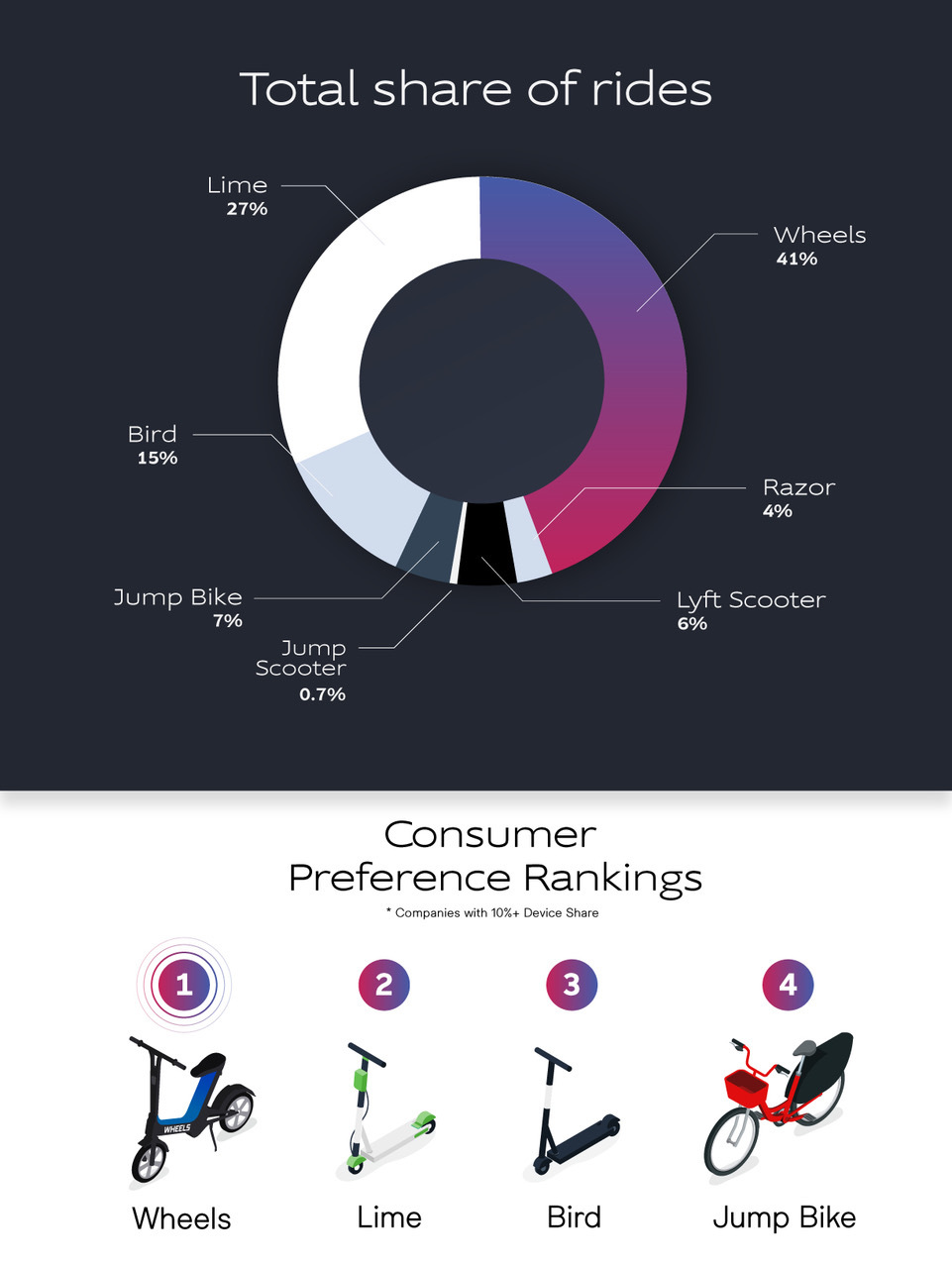Recognizing E-Bike Rules And Regulations: A Novice'S Manual For Your City
Recognizing E-Bike Rules And Regulations: A Novice'S Manual For Your City
Blog Article
Content Author-Padilla Salomonsen
Before you get on your e-bike and hit the streets, it's essential to recognize the laws and policies that govern your city. From speed limitations to designated riding areas, there's a whole lot to think about to guarantee you're compliant and risk-free. By acquainting yourself with the rules particular to e-bikes, you'll be much better furnished to enjoy your rides with no unanticipated lawful issues. Remain tuned to uncover vital understandings that will aid you browse the e-bike landscape in your city flawlessly.
Recognizing E-Bike Classification
When it comes to navigating the realm of e-bike legislations and policies, an essential starting point is recognizing the category system that categorizes these electrical bikes. E-bikes are commonly categorized right into 3 main classifications: Class 1, Course 2, and Class 3.
Course 1 e-bikes are pedal-assist just, meaning they give help while the cyclist is pedaling and have a maximum speed of 20 miles per hour. These bikes are allowed in locations where standard bicycles are allowed.
Class 2 e-bikes are furnished with a throttle that can drive the bike without pedaling. They also have a maximum speed of 20 miles per hour and appropriate for motorcyclists who might need support without pedaling continually.
read review -bikes resemble Class 1 yet with a greater maximum speed of 28 miles per hour. These bikes are frequently limited from certain bike courses or tracks as a result of their higher rates.
Recognizing https://fat-tire-ebike-suppliers76420.blogunok.com/32449096/a-comprehensive-overview-to-e-bike-categories-specifying-each-type is essential for adhering to neighborhood regulations and making sure a safe and delightful e-biking experience.
Browsing Speed Limits and Constraints
To properly browse e-bike regulations and policies, it's critical to understand the speed restrictions and limitations that apply to different courses of electric bikes.
Speed limits for e-bikes vary relying on the classification of the bike. Course 1 e-bikes, which are pedal-assist just and have a maximum speed of 20 miles per hour, are commonly enabled on bike lanes and paths.
Class 2 e-bikes, which have a throttle along with pedal-assist and also reach rates of up to 20 mph, may be restricted in particular locations where motorized vehicles aren't allowed.
Course 3 e-bikes, with pedal-assist as much as 28 mph, are generally called for to follow the same policies as conventional bikes.
It's important to stick to these speed limitations and constraints to ensure your safety and the security of others when traveling. Before riding your e-bike, familiarize on your own with the specific laws in your city to stay clear of any kind of prospective fines or legal issues.
Where to Trip Your E-Bike
To identify where you can ride your e-bike, it's essential to know the guidelines and standards details to your area. In a lot of locations, e-bikes are generally allowed on roadways and streets where typical bicycles are permitted. This might consist of bike lanes, bike courses, and shared highways. Nevertheless, it's critical to inspect local regulations as some cities may have particular limitations on where e-bikes can be ridden.
When riding your e-bike, constantly focus on security by complying with website traffic rules and valuing pedestrian sidewalks. Additionally, be mindful of any kind of designated bike lanes or paths in your area and utilize them whenever feasible to make sure a smoother and safer adventure.
Some cities additionally have policies pertaining to e-bike usage on walkways, so see to it to familiarize yourself with these rules to stay clear of any penalties or charges.
Verdict
Since you know with the regulations and laws surrounding e-bikes in your city, you can confidently hit the trail understanding where you can ride and what limitations put on your e-bike classification. Bear in mind to always prioritize security and follow the regulations to make certain a smooth and lawful experience. Delighted riding!
